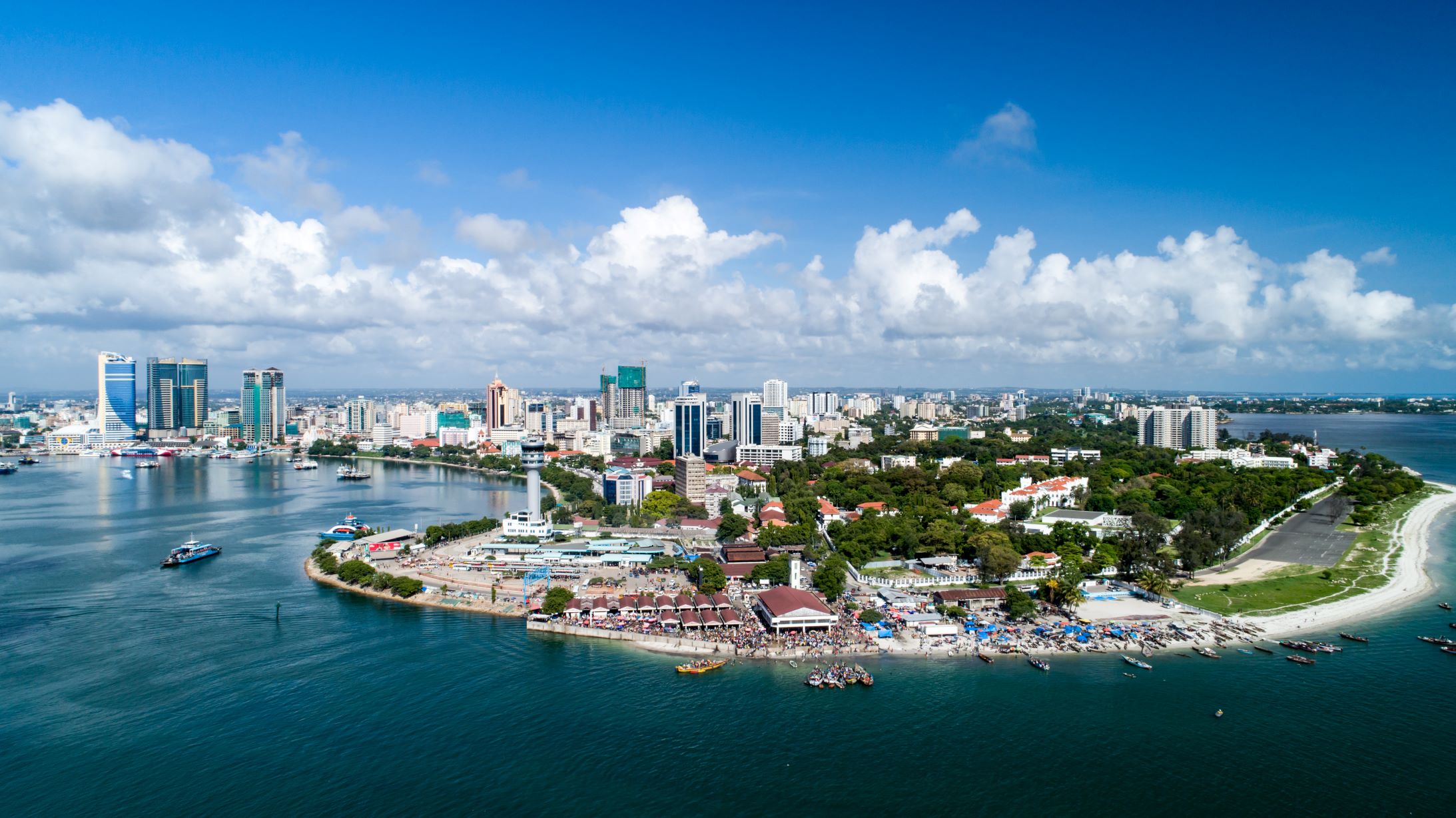Tackling climate change is of vital importance for Africa. The nature of the fight against climate change is complex and can come at a cost. As Africa, we must be innovative and imagine creative climate-friendly ways African economies can continue to blossom. One non-negotiable element towards realising this goal will have to be much more substantial and sustainable financing than it is today.
Governments, businesses and investors must join forces to play their part. For governments, this means creating the appropriate national conditions – through climate policies, public financing frameworks, and green growth opportunities – where the private sector can confidently invest. Businesses also need to consider and assess climate-related risks and opportunities in their business models, whilst investors do the same to make informed capital allocation decisions and better embed climate consideration throughout their investment portfolios.
Contextualising Africa’s Climate Finance
Africa’s climate financing for adaptation and mitigation is generally publicly funded through grants, DFIs and national budgets. This sharply contrasts the climate investment environment in the economically advanced regions of Western Europe, the United States, Canada, and Oceania, whose climate activities are primarily funded by private finance.
“While climate finance is often discussed on a global stage, it’s crucial for Africa to solidify its laws and policies to attract more financing. This will promote investor confidence and ultimately lead to a reduction in financing gaps, helping the continent to achieve its climate financing goals as well as enable sustainable development, resilience, and equitable growth for its diverse nations and ecosystems.” – Geofrey Dimoso, Partner, A&K Tanzania (ALN firm in Tanzania)
The African Development Bank estimates that the total costs of climate change mitigation in Africa in the decade between 2020 and 2030 alone will be between USD 1.3 and 1.6 trillion. However, reports also highlight an annual financing gap of approximately USD 100 to 127.2 billion in the same decade. Such financing gaps are characteristic of climate change financing for Africa. While the yearly costs for adaptation in Africa are expected to be approximately 30% of global adaptation costs, the region received a mere 14% (approx. USD 1.6 billion) of non-OECD international public adaptation finance, according to the UN Environmental Programme (UNEP). There is also a growing imbalance between Africa and the rest of the world regarding private-sector investments in climate technological innovation, research, and development. This suggests that Africa needs to get a foothold on the gaps to ensure an increase in investment inflows.
Africa’s Climate Investment Landscape
- Clean Energy and Tech
Clean energy funds are a dominant force in the continent’s climate investment landscape. The necessity for clean and renewable energy solutions in Africa is at an all-time high. In recent years, the demand for reliable and affordable energy has grown concomitantly to the continent’s economic growth, industrialisation, urbanisation, and rapid population growth. The already compelling case for adopting modern renewable energy in Africa is compounded given the sheer breadth of Africa’s renewable resources, spanning bioenergy, hydropower, solar, wind and geothermal energy.
- Climate Solutions
A small but growing number of Climate Solutions funds have emerged in recent years as capital allocators mobilise resources to support Africa’s growing entrepreneurial talent pioneering climate resilience in their local communities. Examples of climate solutions funds active in Africa’s climate investment landscape include the E3 Low Carbon Economy Fund I, a venture capital fund investing in new-generation climate-smart and climate transition businesses in Africa. - Climate Conscious
Given the breadth of companies that meet this description, climate-conscious funds typically target companies that consider climate change in their business strategy and have overlapping foci with low-carbon and climate solution funds. Further awareness of climate impact (i.e., the specific risks and opportunities of climate change) amongst the private sector and private investors active on the continent has grown significantly in the last few years. - Low Carbon
Low-carbon funds are a relatively niche subset of African climate-themed investment funds. Although Africa is presently the lowest contributor of greenhouse gas emissions globally, its rapidly growing economies, ambitious development goals and expanding population mean its energy consumption will rise significantly in the next few decades. As the continent with arguably the most ground to cover from a socioeconomic development perspective, the key to achieving the Net-Zero agenda and fulfilling global climate targets is ensuring that Africa’s development trajectory coincides with a just energy transition.
- Green Bonds
Green bonds are fixed-income instruments that raise capital from investors through the debt capital market, specifically earmarked to finance projects that generate positive environmental and climate outcomes. Their appeal lies in their structure, which enables investors to balance risk-adjusted financial returns with environmental benefits and disperse debt ownership across investors.
Opportunities in Climate Investing
According to AVCA, Renewable Energy naturally came on top among investors as having the most opportunities for climate investments in Africa. Still, investors also recognised the potential in agriculture (47%) and transportation (35%). The popularity of Renewable Energy for climate investing in Africa is unsurprising, given the wealth of solar, geothermal and wind resources available on the continent and the legacy of renewables in Africa’s journey to electrification thus far.
The attractiveness of agriculture for climate investment is apt, given that several African economies are heavily dependent on rain-fed agriculture. The sector is central to the continent’s economic activity, accounting for 15% of Africa’s GDP, rising to 23% when localised to sub-Saharan Africa. Solar-powered irrigation, crop insurance for farmers, regenerative agricultural practices to improve yields and technologies for soil fertility improvement, soil and water conservation have transformed the agricultural value chain and played a catalytic role in the resurgence of investor interest in the sector from a climate lens.
“For climate-focused investors, the business case for climate is readily apparent. However, for mainstream investors early in the process of integrating climate considerations into investment decision-making, translating the importance of climate integration into financial metrics and making a strong business case that climate considerations are material is key to securing internal-buy at every level for climate-related investments.” – Hope Ndao, Partner, Musa Dudhia & Co (ALN firm in Zambia)
Similarly, innovations in and the electrification of modern transportation are responsible for the fact that transportation has an excellent opportunity for climate investment in Africa. The value of these innovations is enhanced by supportive public policy, such as in Kenya, where the government introduced reduced duty for electric vehicles with electric motors, with the Ministry of Transport also implementing an EV policy.
Way Forward in Capitalising on Opportunities for Climate Investing in Africa
In light of the challenges to fostering climate finance, African economies should consider approaches and ideas to plug institutional capacity and knowledge gaps, ensure better streamlining of public finances towards the climate change issue, and align Official Development Assistance (ODA) with innovative “green growth” opportunities. They should also plug institutional capacity and knowledge gaps regarding climate change to overcome institutional capacity challenges in bolstering climate finance and seek to ensure that they have the necessary knowledge needed to make climate-related decisions. Implementing climate action and climate finance advisors within ministries can achieve this.
“Investing in Africa’s sustainable future isn’t just an opportunity; it’s an imperative. The financing gap on the continent should be translated into opportunities. The potential for climate innovation and green growth is boundless, making it even more attractive for businesses to venture into as they seek to be architects of a greener, more prosperous future for Africa” Valerie Bisasur, Partner, BLC Robert & Associates (ALN firm in Mauritius)
Additionally, they align official development assistance with innovative and inclusive “green growth” opportunities. Given that contributions by international development aid agencies are one of the sources of climate financing, governments should seek to ensure that development aid is aligned with innovative and inclusive green growth opportunities. Aligning Official Development Assistance (ODA) with innovative and inclusive “green growth” opportunities is also a sensible move considering various global developments – such as the Global Green Growth Institute (GGGI) partnership with the African Development Bank.
The continent needs to firm up its existing policy frameworks and cultivate investor confidence to allow more resources into Africa. As earlier indicated, it hosts many countries affected by climate change. Furthermore, it will play a key role in building climate resilience for the continent while being significant to the growth and development of some of the African economies most affected by climate change.
Source


